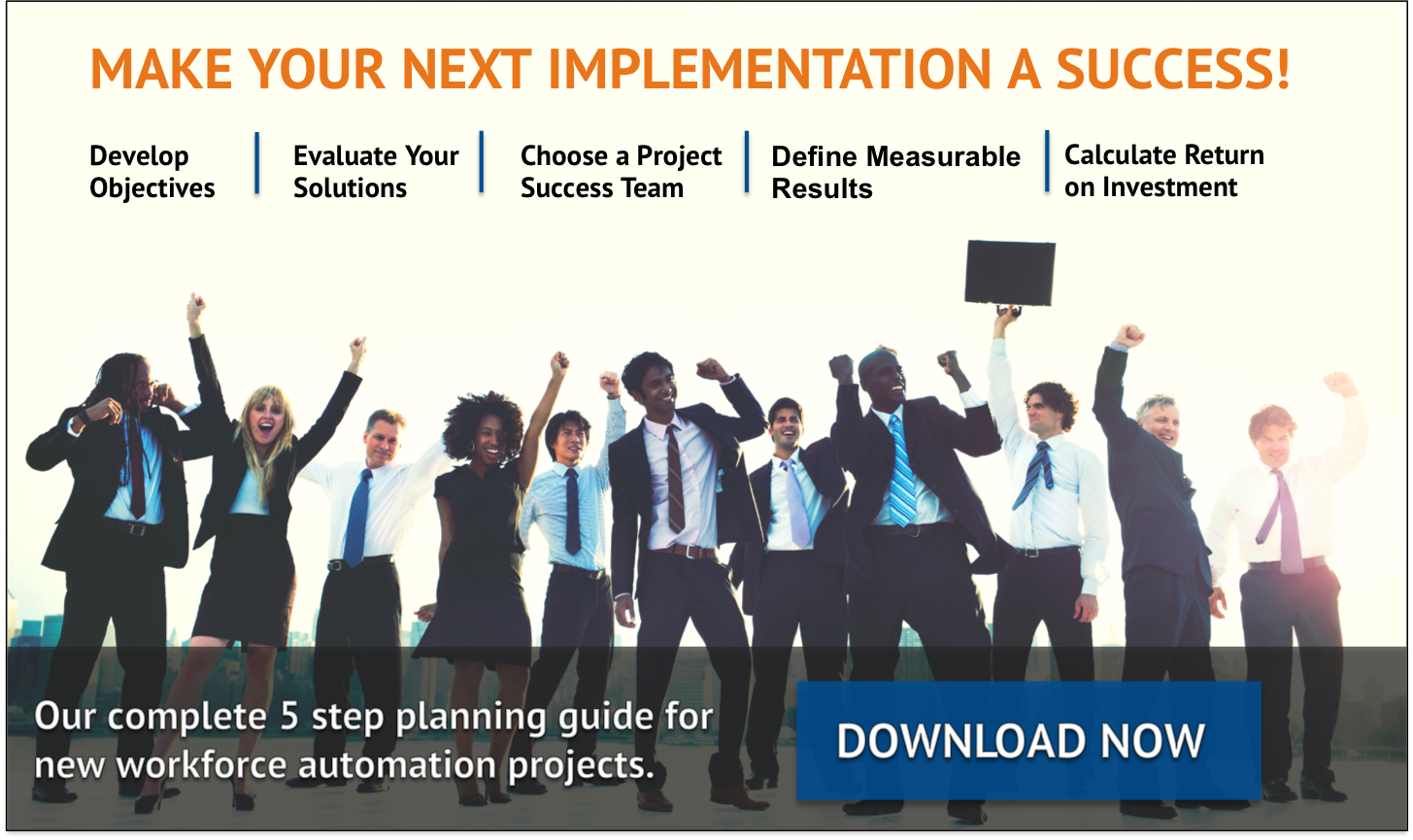As a manager, you constantly need to find ways to increase productivity and improve customer satisfaction. Making the decision to implement an automation system into the workplace can be a big change but can help achieve your goals. Effective project planning will help you take the steps in the right direction to make your implementation project a success.

Understand Your Goals
Knowing your intentions for implementing a new automation system will help in the planning process for deciding which goals you are trying to reach. Ask yourself, how will this new system benefit my business and what steps do I need to take to get there? You should have a good understanding of what your company is trying to achieve through automation. Create an outline of your goals that clearly describe your objectives so when you find the vendor that works best for you, everyone is on the same page. Once you clarify your objectives, you'll be able to move on to the next step to do some research on which applications will work best for your needs and who is able to provide it.
Research Your Options
It's important to do your research to ease the implementation process. A clear understanding of what you need will help you to choose the appropriate vendor. In this step, choosing the right vendor is key. You can research several vendors to find the right one, but try narrowing down the list to about three prospective vendors. After thorough research has been conducted, meet with your team and compare notes in order to make an informed decision. Once you have chosen the right vendor, it's important to have constant communication, updates, and a general understanding of the entire project. If you feel the process is too complicated, you'll just be even more confused down the road, making your efforts more difficult than before. Similar to an employment agreement or a contract, project and training expectations need to be realistic, and understood in a step-by-step process. Once, you have chosen a vendor and understand what you need, it's time to start the implementation process.
The Implementation Process
This step should be simpler now that there's a clear understanding of what needs to be accomplished. This is when the vendor will train you on how to use the automation. Proper training is an important part of effective change management. You should be able to work with the vendor and figure out how the system operates and what other changes need to be made. Also, it would be beneficial for employees to work with the vendors as well so everyone has a clear understanding of the automation changes. After the training, before anything goes live, it's important that features are tested for proper functionality.
Calculate Your Results
How do you know if the automation system you implemented is actually working and saving you money? The true benefits of a successful automation adoption are shown in the ROI (return on investment). To calculate a product’s ROI, you’ll need to monetize the benefits and then subtract the costs. This process can take time but can be a great tool to see your measurable results and how much you have achieved over the years. ROI results can keep your team motivated by showing them the fruits of their labor and their overall impact on the company as a whole.
Check out the planning guide below for everything you need to make your automation project a success.




